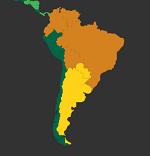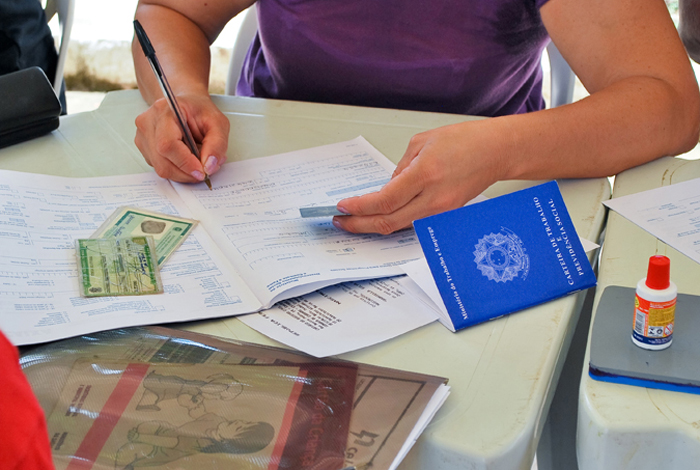São Paulo 2015 Blog: Fast Facts on Brazil's Economy
While GDP growth slows, the government expects foreign direct investment and infrastructure investments to rise.
- Join AS/COA and Amcham-Brasil for "Brazil's Economic and Business Outlook" on May 27 in São Paulo.
- Can't be there? Tune into the live webcast and follow #PanoramaBR for updates.
Ahead of our São Paulo conference, understand some of the dynamics of the country’s economy.
GDP growth: In 2014, the country’s economy grew by 0.1 percent, compared to 2.5 percent in 2013. Economists surveyed by the Central Bank expect GDP to contract by more than 1 percent this year.
|
Weekly Chart: |
Unemployment: Brazil’s unemployment rate fell by more than half from 2002 to last year. In 2002, unemployment measured 11.7 percent, and hit a record low of 4.5 percent in mid-2014. It has since risen, reaching 7.9 percent during the first quarter of 2015.
Trade: So far this year, trade fell in comparison to the same period last year. Through the first week of May, the value of daily average exports and imports both fell by roughly 16 percent. During this period, Brazil’s trade deficit stood at more than $4 billion.
However, in March the country experienced its first trade surplus of the year at $458 million. April saw another surplus of $491 million. Some sectors are faring better than others; during the first quarter of 2015, coffee exports rose by nearly 24 percent, and orange juice producers expect a 5 percent increase in exports during the 2014–2015 fiscal year.
Foreign direct investment (FDI): Last year, FDI fell 2 percent to $62.5 billion. This year, the Central Bank estimates this amount will rise to $65 billion.
Infrastructure investment: The government plans to invest close to $200 billion in infrastructure from 2015 to 2018. This represents a more than 30 percent increase over the 2010–2013 period. Plus, to expand the country’s Internet access, the federal government plans to invest almost $17 billion in its “Broadband for All” plan.









